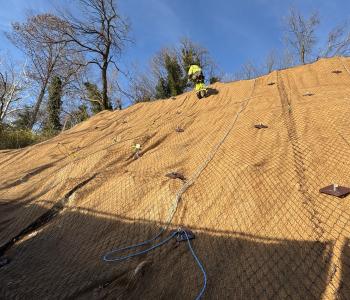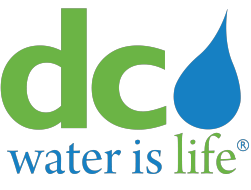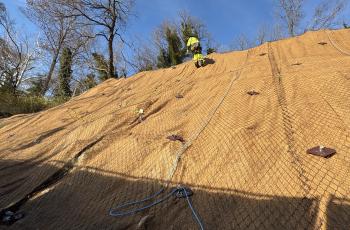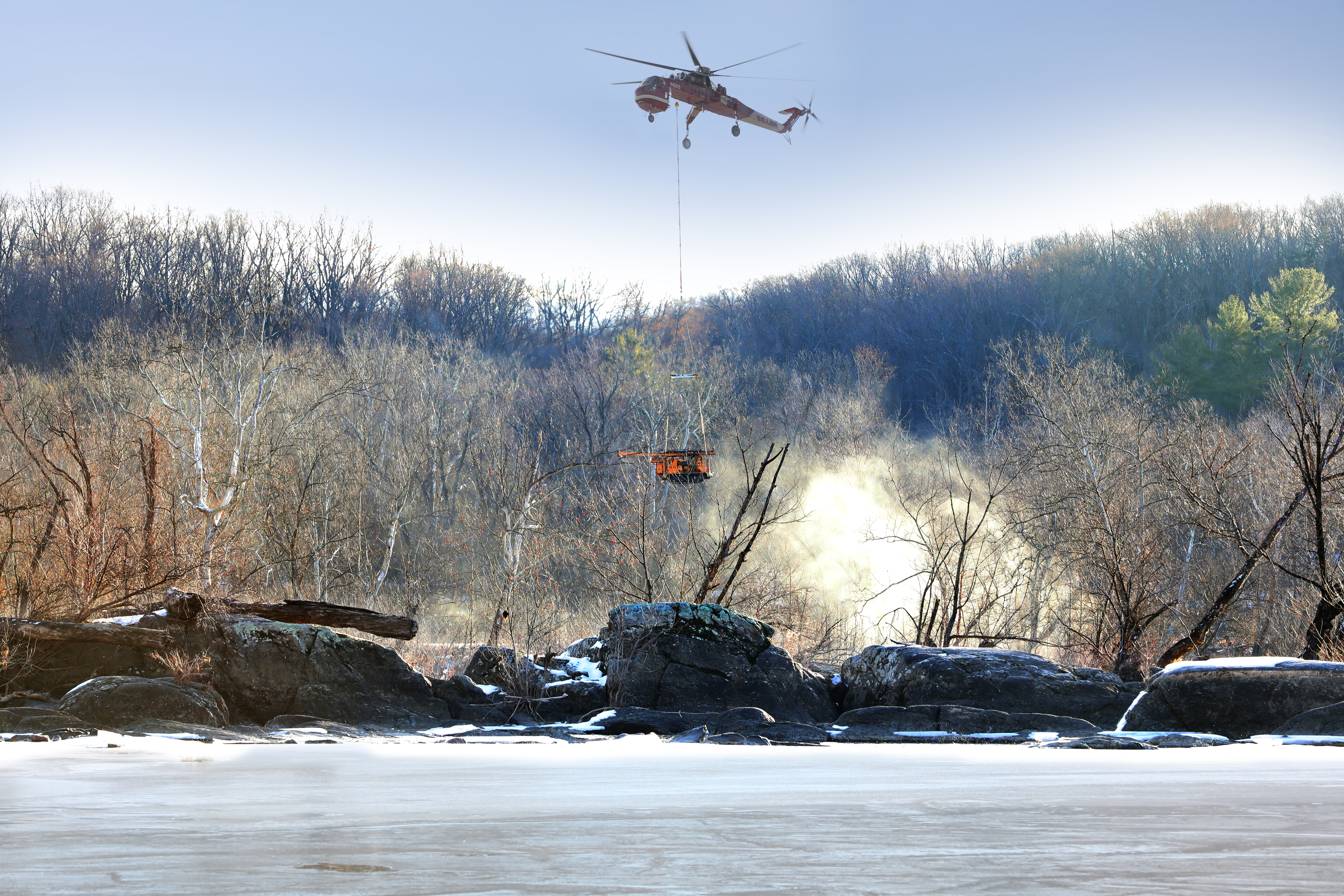DC Water and Sewer Authority Releases Study of Lead Levels in Water Associated with Residential Galvanized Plumbing
Washington, DC Yesterday, HDR Engineering, Inc. (HDR) presented its findings of a focused study on homes with lead service lines and galvanized pipes to the District of Columbia Water and Sewer Authority (DC WASA) Board of Directors Retail Services Committee. The study focused on identifying and characterizing the relationship between lead and iron released from galvanized plumbing in a small percentage of District homes.
Although the study has not gone through the lengthy peer review process, the DC WASA staff felt its important findings should be immediately distributed. The study states that in-home plumbing, specifically galvanized pipes, may contribute lead to residential drinking water, and should be considered as potentially important a lead source as lead service lines themselves.
DC WASA has made significant progress city-wide in reducing drinking water lead levels far below the U.S. Environmental Protection Agencys (EPA) regulatory requirements. As part of this continuing effort, DC WASA proactively retained the services of HDR to evaluate previously unrecognized sources of lead in drinking water.
DC WASA has implemented many safeguards to ensure we are held to the most stringent of standards. We constantly strive to further reduce lead levels and provide residents with the highest quality drinking water, stated Charles Kiely, Assistant General Manager for Consumer Services. We take lead levels seriously and there are several remedies outlined in the HDR report for residents in the District with galvanized pipes, who have or had lead service lines.
The report recommends that to fully ensure lead is not released from galvanized plumbing, full home replacement of that plumbing is the most desirable option. An NSF certified filter that removes lead at the tap or a pitcher filter are also acceptable alternatives.
There are national implications in the studys results since many older cities throughout the country continue to supply drinking water through lead service lines connected to galvanized plumbing.
Within the next few weeks, DC WASA will be hosting a forum to inform stakeholders and residents about the study, its findings and recommendations. Furthermore, the report is also being shared with the EPA, to help communicate these important findings.
About The District of Columbia Water and Sewer Authority
The District of Columbia Water and Sewer Authority (DC WASA) is an industry-leading authority of District government that provides drinking water and wastewater collection and treatment for a population of more than 500,000 in the District of Columbia. DC WASA also treats wastewater for a population of 1.6 million in Montgomery and Prince Georges counties in Maryland, and Fairfax and Loudoun counties in Virginia. The Authority operates the worlds largest advanced wastewater treatment plant, with a capacity of 370 million gallons per day and a peak daily capacity of more than onebillion gallons. DC WASAs service area covers approximately 725 square miles.
Please Note:
A copy of the HDR study can be found below. For more information or questions regarding the HDR study, please contact Aleizha Batson of DC WASA at 202-787-2202 or aleizha.batson@dcwasa.com.







